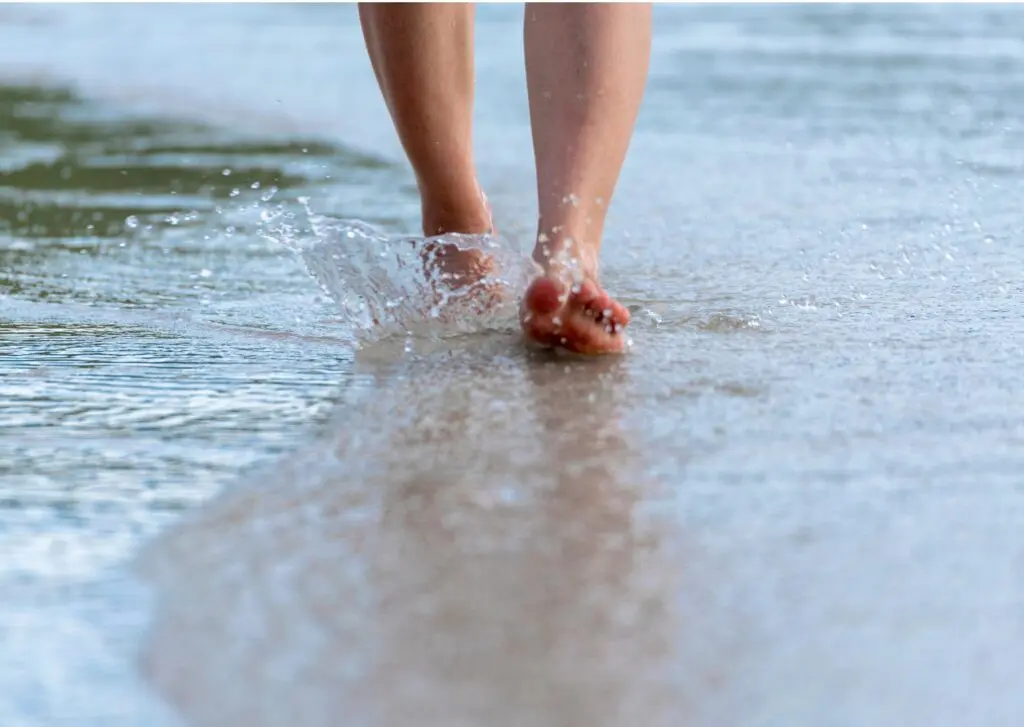“Be Where Your Feet Are”: Embracing the Power of Presence in Everyday Life
In a world that’s constantly pulling our attention in a thousand different directions, the simple mantra “be where your feet are” serves as a grounding reminder of the importance of presence. This phrase isn’t just about physical location; it’s a call to fully engage with the here and now, to immerse ourselves in the current moment without distraction from the past or anxiety about the future.
Understanding Presence
Being present means more than just showing up. It involves an active engagement with each moment, acknowledging and appreciating our current experiences without judgment. It’s about tuning into the details of our environment, the sensations in our bodies, and the activities we’re involved in. This kind of mindfulness can transform mundane tasks into moments of meditation and clarity.
Why Presence Matters
In therapy, we often discuss the benefits of mindfulness and presence. Being present helps to reduce stress and anxiety, as it pulls us away from ruminating over past events or worrying about future possibilities. It improves our mental clarity, allowing us to make better decisions. Presence enriches our relationships too, as it fosters deeper connections when we truly listen and engage wholeheartedly with others.
Practical Ways to “Be Where Your Feet Are”
Here are some straightforward strategies to help cultivate presence in everyday life:
- Mindful Breathing: Whenever you feel your mind drifting to the past or future, bring your focus back to your breath. Take a few deep, controlled breaths—inhale slowly, exhale slowly. This not only helps anchor you in the present but also calms your nervous system.
- Sensory Check-ins: Periodically throughout your day, pause to notice five things you can see, four things you can touch, three things you can hear, two things you can smell, and one thing you can taste. This exercise, often used in mindfulness practice, is an effective way to return your awareness to the present.
- Single-Tasking: In our multi-tasking world, single-tasking can be a revolutionary act. Try to do one thing at a time. When eating, just eat. When walking, focus on the movement of your feet and the surroundings. This practice helps enhance your concentration and reduces feelings of overwhelm.
- Gratitude Moments: Take a few minutes each day to reflect on what you are grateful for. Gratitude not only shifts your focus to the positive aspects of your present life but also enriches your overall sense of well-being.
- Technology Breaks: Set specific times during the day when you deliberately put away electronic devices. This can free you from the constant notifications and distractions that pull you out of the present moment.
The Impact of Living in the Moment
Living in the moment does not mean ignoring the past or future. Instead, it’s about finding a balance where we learn from the past, plan for the future, but always return to the present. This balance is where we find true engagement with life. By practicing presence, we open ourselves to experiencing joy, contentment, and peace in our daily lives.
By adopting the mindset to “be where your feet are,” you not only enhance your own well-being but also bring a richer, more compassionate presence to your interactions with others. Each step taken with awareness is a step towards a more fulfilled life.

